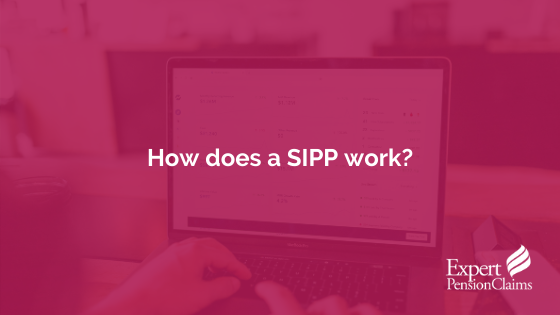If you have never invested money into a SIPP (Self-Invested Personal Pension) and you intend to transfer your salary pension into one, you’re likely wondering how much money you should put in. It is easy to feel a little overwhelmed, especially since there’s no clear and definitive answer.
]Continue reading for a detailed look at exactly how much money you can put into a SIPP – here are your SIPP contributing need-to-knows.
Maximum SIPP contributions for earnings under £150,000 per year
If you earn below £150,000 per year, then you are allowed each year to deposit up to 100% of your income into a SIPP (this is called your annual SIPP allowance). To help maximise your savings potential, HMRC will also contribute 20% of your contributions if you are a basic rate taxpayer.
Maximum SIPP contributions for earnings over £150,000 per year
It gets a little more complicated the higher your earnings are. For example, higher tax-payers earn up to 45% higher tax relief than basic rate tax-payers.
Those who earn over £150,000 per year are subject to what is known as a tapered SIPP allowance. On average, the annual minimum SIPP allowance for this group of earners is £40,000. This allowance may be reduced if your threshold income (your annual income before tax) is over £200,000. If your threshold income is below £200,000 then the tapered reduction will not apply.
If, however, your threshold income is £200,000 and above then you should check whether or not your annual income (essentially your complete income before tax, including any dividends, rental income or interest from savings) exceeds £240,000. If it does, your annual allowance reduces by £1 for every £2 that your ‘adjusted income’ exceeds £240,000. Also, remember that your annual income here includes the values of yours and your employer’s pension contributions.
UK SIPP contribution rules
To help enforce regulations surrounding pension contributions, as well as ensuring a secure financial environment for investing, the UK government has lain down the following rules to adhere to:
- Your income has to come from a UK-based source.
- The SIPP owner is under 75 years of age.
- The SIPP owner resides in the UK.
- The SIPP owner resided in the UK during the last five tax years, as well as when they set up the SIPP.
- The SIPP owner had to be an active member of the SIPP when they first started depositing funds into that account.
- The SIPP owner can only access this money when he/she’s 55 (57 from 2028). They are allowed 25% tax-free.
How often can you contribute to a SIPP?
Now that you’re aware of the financial side of SIPP investments, it is important that you know just how often you can put money into a SIPP.
It’s up to you, your employer, and/or the pension provider
Yes, that’s right. The decision belongs to you, your employer, and/or the pension provider – how often and exactly when you make SIPP contributions are to be communicated among yourselves. It could be weekly, monthly, annually, or really however often you like. As we said earlier, when you calculate your annual SIPP allowance do not forget to account for your employer’s SIPP contributions.
How much can you contribute over a lifetime?
For long-haul savers, HMRC allows you to put away up to £1.055 million, and only as an individual. This allowance is called the Lifetime SIPP allowance (abbreviated to LTA) and it rises in line with consumer price inflation (CPI).
If you exceed the capped amount of the LTA, any further pension savings will be capped at 25%.
You can be charged if you pay in too much…
All SIPP savers will be fined if they make a deposit into their SIPP which exceeds their annual UK income. This is known as an annual allowance charge (AAC) and along with the fine, it will also subsequently cancel any tax relief incurred from that contribution.
So, how much money can your employer contribute?
If you have chosen a SIPP to replace your occupational pension (assuming you’re allowed to do so), your employer is required by law to contribute to it. The employer will contribute on a regular basis, which could be weekly, monthly, or any agreed-upon interval.
The difference between your own contributions and your employers is that your own are net value, which means they’re tax-free. If you contribute £200, you’re putting £200 into your pension and it’s as simple as that. Employer contributions, on the other hand, are gross value which means the tax is deducted from their SIPP contributions.
Is there a minimum contribution?
There is indeed a minimum SIPP contribution. The lowest annual amount you are allowed to deposit into a SIPP is £1,000.
Can you pay into a SIPP if you are not working?
If you are under the age of 75, a UK resident, and unemployed, your maximum annual SIPP allowance is £2,880. You are still charged the usual AAC if you make a deposit that exceeds your earnings, but HMRC will reimburse £720 to your pension pot.
Come to us for Mis-sold SIPP advice
Our team of mis-sold pension experts has years of experience helping individuals with their mis-sold SIPP schemes. For more invaluable mis-sold SIPP pension advice, don’t hesitate to get in touch. We’ve helped countless people claim compensation for SIPPs they were wrongly told to invest in, and we could help with yours.














